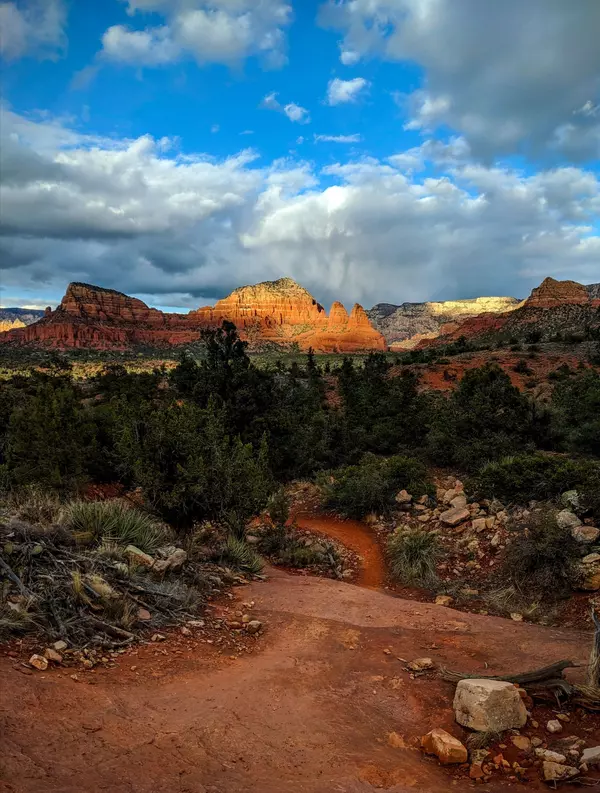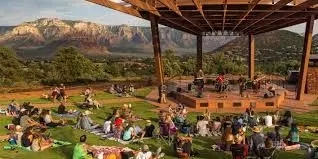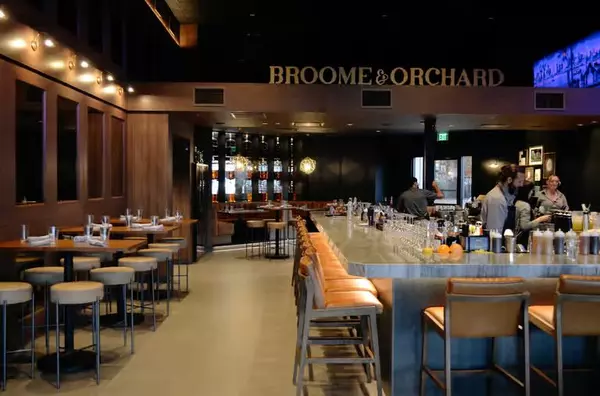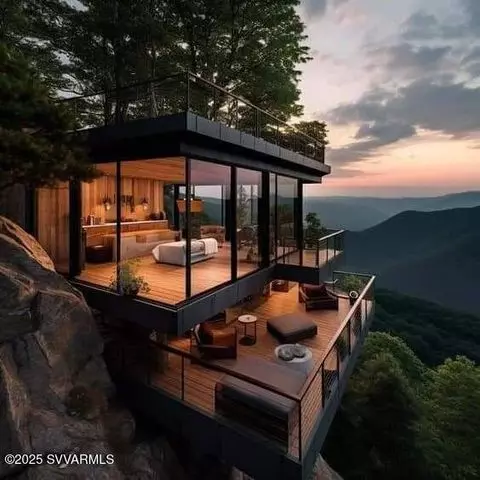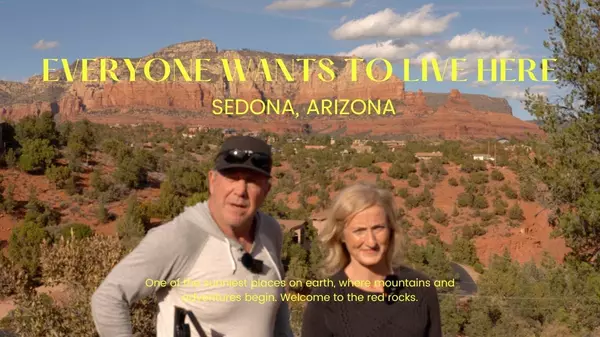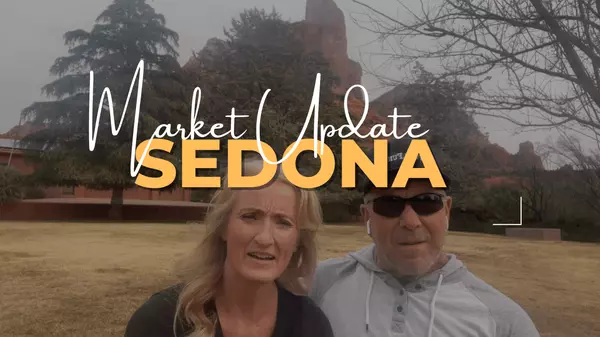Sedona’s Short-Term Rentals: Economic Benefit, Community Context, and Clarifying the Record
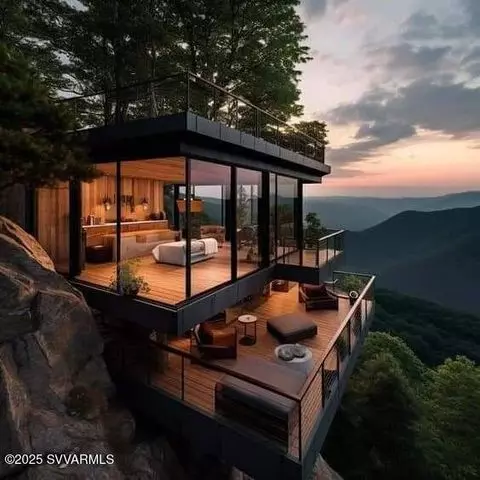
Sedona has long been celebrated not only for its breathtaking red-rock landscapes but also for its diverse community—a unique blend of full-time residents, second-home owners, and vacationers. A recent independent study, conducted by RRC Associates from Boulder, Colorado, and funded by the Sedona Verde Valley Association of Realtors (SVVAR), provides important clarity regarding the economic impact and community dynamics of short-term rentals (STRs). This clarity is particularly valuable given the city's vocal concerns over STRs, driven partly by personal agendas rather than comprehensive data analysis.
Historically, Sedona has always been a resort community, with a significant portion of homes traditionally used as vacation or seasonal residences. This context is often lost in current discussions that imply STRs have radically transformed the town from a full-time residential haven to a transient community. The truth is, Sedona's housing market has long catered to vacationers and seasonal residents, well before the surge of Airbnb-style rentals.
According to the comprehensive SVVAR-funded study, Sedona currently hosts approximately 2,438 active STR units, making up nearly 58% of the city's lodging supply. These rentals have proven to be an economic powerhouse, generating about $136 million annually—over half of the city’s lodging revenue. Importantly, taxes generated from STRs significantly benefit the local community, contributing approximately $12.9 million annually in municipal revenue. These funds directly support critical initiatives such as Sedona in Motion, which has improved pedestrian paths, sidewalks, roads, and transit systems that enhance residents' quality of life and visitors' experiences.
Yet, Sedona city officials, including the mayor, have recently raised alarms that STRs are responsible for the city's housing affordability crisis, even declaring a housing emergency. This stance is notably covered in local media, including an ABC News article highlighting city officials' arguments against STRs. However, their position primarily relies on the sheer number of rentals rather than comprehensive economic and social analyses. Notably absent from the city's arguments is an acknowledgment of Sedona’s historically high housing costs and its longstanding identity as a resort and vacation-home destination.
In reality, the RRC Associates study found that STRs alone do not significantly drive up housing prices or directly correlate to housing shortages. Instead, broader market dynamics—including high desirability, geographic constraints, and historically premium real estate values—play far more significant roles. The city's narrow focus on STR numbers overlooks these critical nuances, reflecting more of a personal mission by city leaders than an unbiased policy assessment.
Rather than restrictive measures that infringe upon property rights and potentially reduce property values, a more effective approach involves fostering responsible rental management practices and community engagement. Highlighting successful local initiatives—such as community concerts at Posse Grounds Park, active volunteer groups like Habitat for Humanity, Meals on Wheels, and Keep Sedona Beautiful, and vibrant local farmers markets—demonstrates that community building can flourish alongside tourism.
Recent lodging development decisions further highlight Sedona’s nuanced stance on growth. RD Olson Development's Oak Creek Heritage Lodge faced community resistance due to density and infrastructure concerns, leading to legal actions against the city after initial approval was reversed. In contrast, Mike Stevenson's Ambiente Creekside Hotel secured approval with reduced density and public amenities, reflecting community-supported growth.
Ultimately, Sedona's way forward lies not in divisive debates or restrictive regulations based on incomplete data but in informed discussions grounded in comprehensive studies like those from SVVAR. Community strength comes from shared experiences, meaningful interactions, and thoughtful investment in infrastructure and public spaces. By embracing transparency and nuanced analysis, Sedona can thrive as an inclusive community—one that welcomes visitors and supports residents, balancing prosperity, property rights, and the cherished natural beauty of this unique place.
For more details on the SVVAR-funded study, visit Red Rock News. To see the city’s stance covered by ABC News, visit ABC15.
If you'd like a copy of the study, comment "SVVAR Study" or email shannon@gallowayrealty.com.
Categories
Recent Posts

